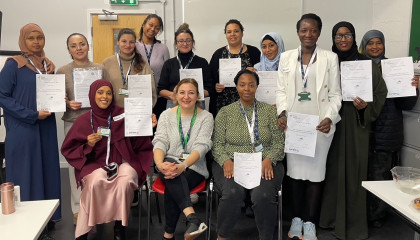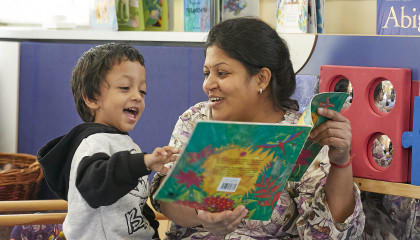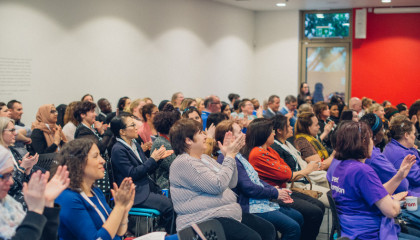You are here: The price and value of early education: as much learning for half the money
Last week, the IFS published new data on cost of education per pupil in England, from age three up to the end of undergraduate studies. Their report is really valuable, as it allows us to compare investment across time and between different stages of education – this has been very difficult in the past.
Spending on the early years is a particularly difficult to track. It falls between a range of government departments and supports a number of different policy aims, but the authors have managed to calculate per child spend on early education for three and four year olds. They sensibly exclude spending on Sure Start, as it applies largely to younger children and is focussed on health and family wellbeing as much as education, and spending on subsidies given to parents for childcare through the tax and benefits system, as these are primarily designed to support parental employment rather than children’s learning.
From about the turn of the millennium, spending per child rose fairly steadily for a decade. Interestingly, the new free entitlements during this time don't seem to have made much of a difference to overall spending. This is probably because the entitlements largely formalised what many local authorities were already doing rather than making a lot more children eligible. This local variation has since reduced a lot in England, but it remains important in Wales, where neighbouring local authorities still offer very different amounts of early education.
From around 2010 onwards, total spending per head on three and four year olds began to decline, falling by 17 per cent by 2016. The amount of investment by local authorities has fallen sharply since 2010, while the amount invested by central government has risen - this may be a simple substitution effect, but it also seems likely that local authorities have cut back more than they would want to because of less generous overall funding settlements and more demand for statutory (social care) services.
Projected figures for 2016/17 onwards reverse this downward trend, with total investment set to rise to £2,400 per child per year by the end of this decade, compared to £1,700 this year.
This increased investment in childcare is welcome, but the fairly small increase is a worry - from next year, the current standard entitlement of 15 hours childcare a week will rise to 30 hours per week for children of working parents.
It is likely that most eligible families will make use of this extended offer which means that a fairly small increased investment will have to stretch to a lot more hours – while the hourly rate settings get per child is going up slightly, other forms of funding are becoming more limited. The new entitlement is for about as many hours a year as a primary school place, but primary schools get nearly twice as much money per pupil.
Early education matters – it gets children ready for school and sets them up for the rest of their lives. It’s hard to see why educating a four year old costs several thousand pounds a year less than educating a five year old does. We need a funding settlement that recognises that education is just as important in the early years as it is for older children and guarantees a good quality education for all children, irrespective of how old they are or where they live in the country.

More from our blog
Sign up to our newsletter
Get the latest news, research and resources from Coram Family and Childcare




